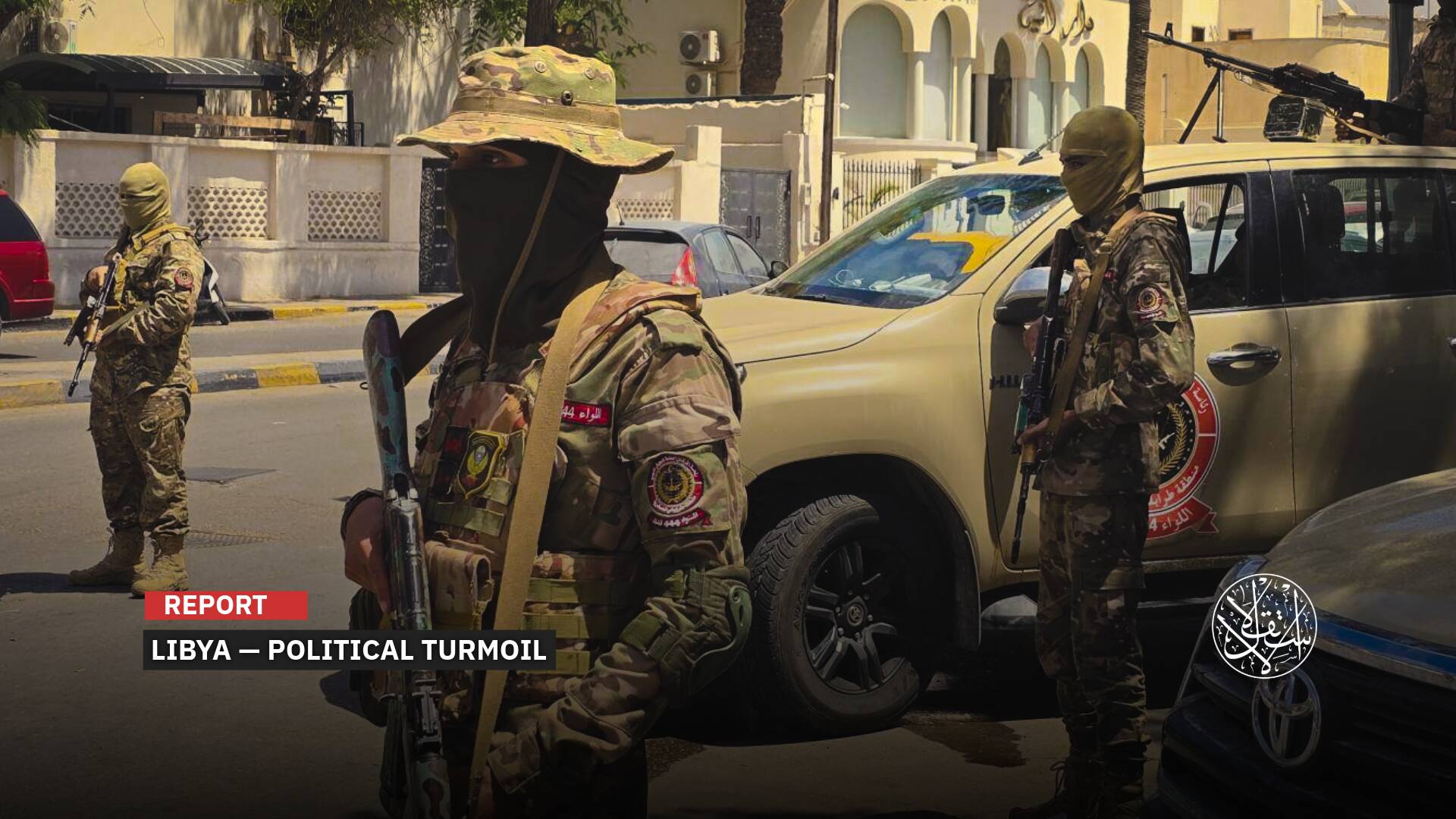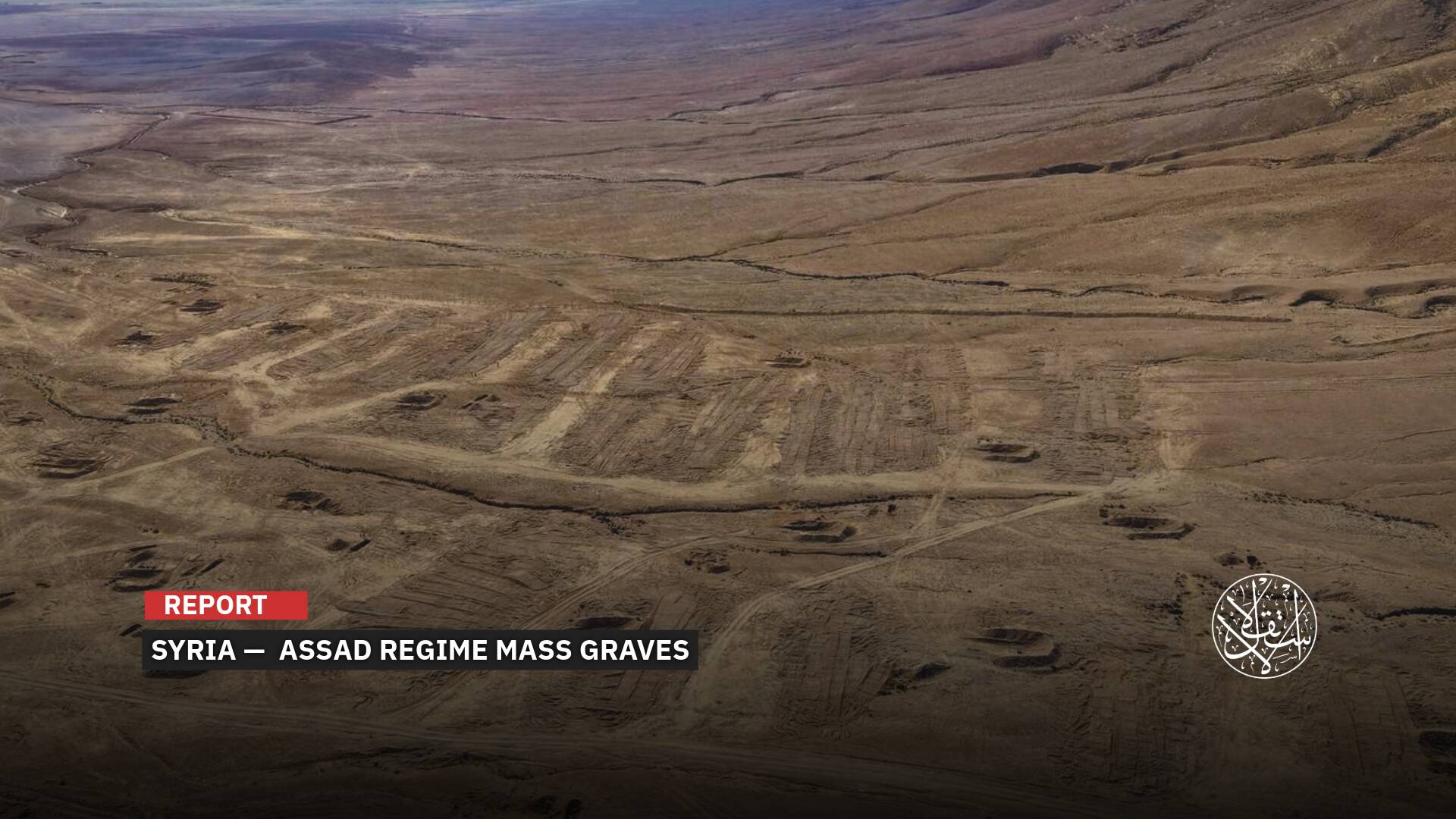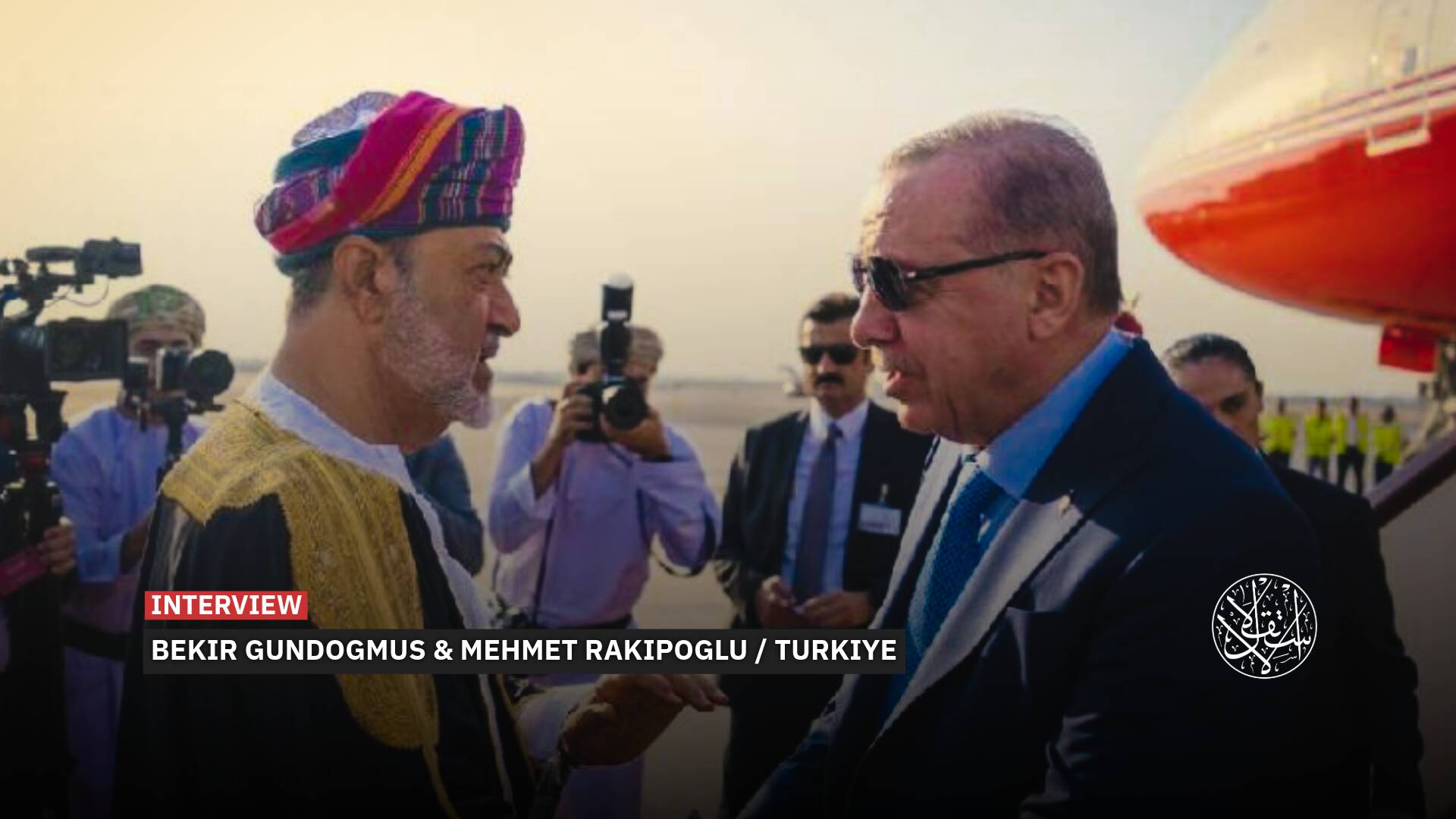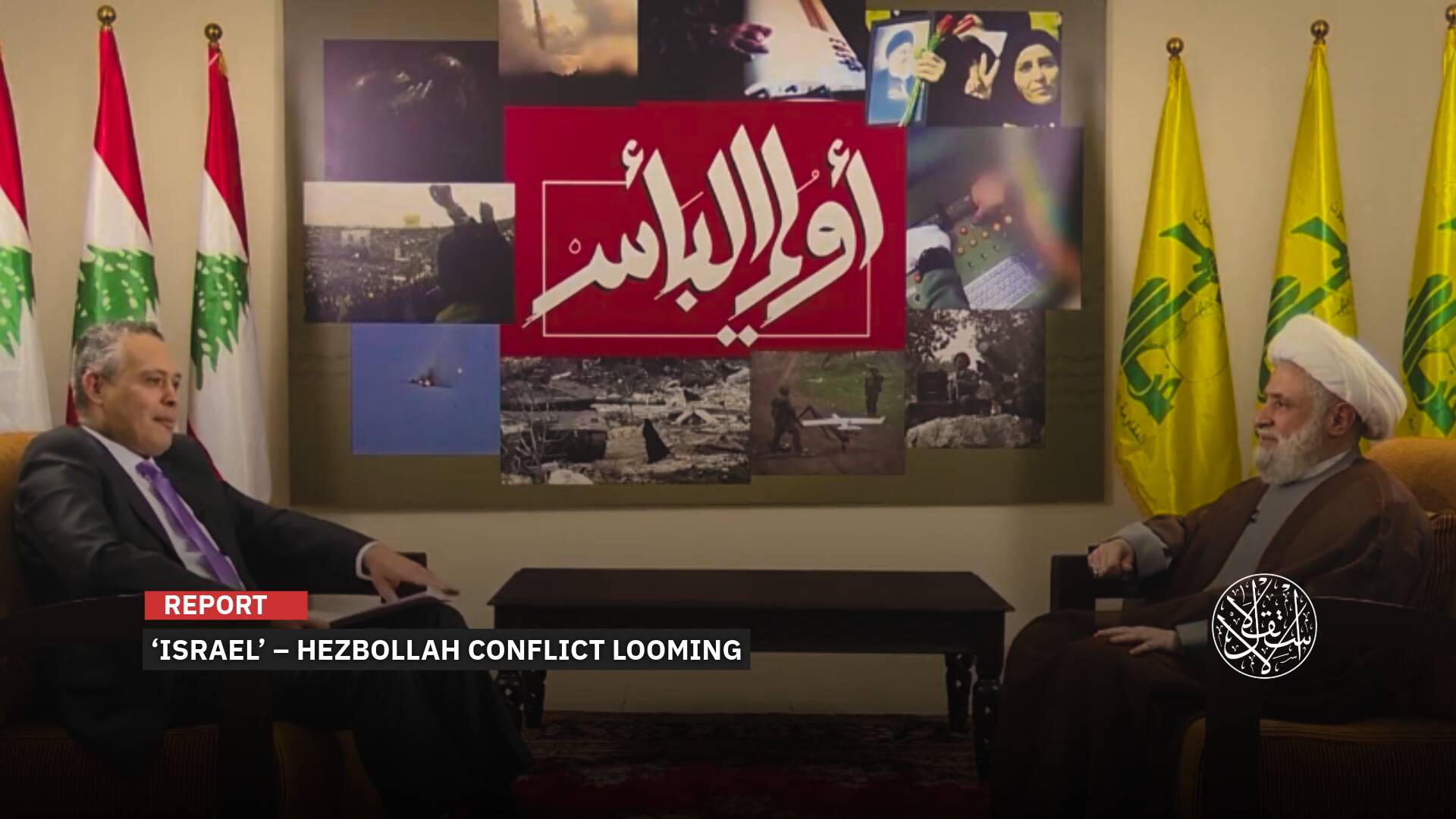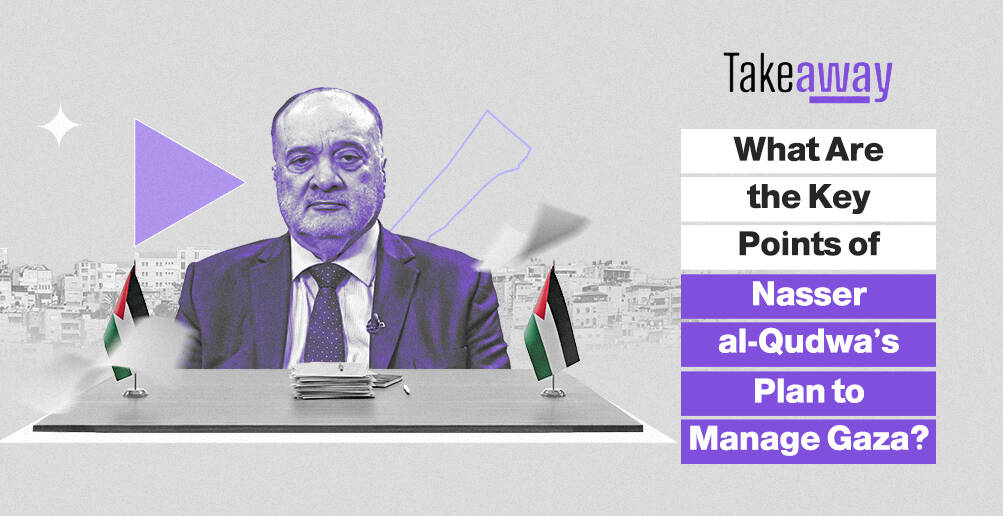Iran’s Precision Strikes: How ‘Israel’ Walked Into a Firetrap

Israeli Channel 13 said the scene looked like Judgment Day.
A cracked dome, a trembling arrow, and a shield that looked like steel from afar, only to crumble under Tehran’s missile storm. Since the war with Iran erupted on June 13, 2025, “Israel” has been waking up to a starkly different reality than the one it sold for years.
Its once-vaunted multi-layered air defense system—including the Iron Dome, David’s Sling, and the various Arrow platforms, even with backup from the U.S.-supplied THAAD—failed to stop a barrage of Iranian missiles raining down on Tel Aviv.
Footage from inside the city showed dozens of warheads slipping past interception lines, killing civilians, wounding many, and causing large-scale destruction. The scenes sparked a pressing question: What’s the use of a billion-dollar shield if it collapses under pressure?
Now, with the Israeli Occupation’s deterrence narrative visibly shaken, serious questions loom both at home and abroad—can Tel Aviv really protect its front line if this war escalates any further?
Israeli Network
At the core of “Israel’s air defense system” stand four main components forming what is known as the “multi-layered shield,” beginning with the Iron Dome. This is a short-range defense system designed to intercept rudimentary rockets and mortar shells launched from Gaza and Lebanon. It was developed after the 2006 war with Lebanon through a collaboration between the Israeli company Rafael and Israel Aerospace Industries, with partial funding from the United States, and entered service in 2011.
The Iron Dome covers a range of up to 70 kilometers and relies on radar systems to determine the trajectory of incoming projectiles. An interceptor missile is only launched if it is determined that the incoming threat will strike a vital target.
The second system is David’s Sling, also known as the “Magic Wand,” which is a medium-range defense system with a range of up to 300 kilometers. It was developed to counter more advanced missiles, such as the Iranian Fateh-110, and uses the Stunner missile along with the ELM-2084 radar. Development began in 2006, and it entered service in 2017. Despite the precision of its radar and its ability to track hundreds of targets, it showed difficulty in distinguishing simultaneous threats during the recent Iranian attacks.
Also part of the system are the Arrow missiles—Arrow-2 and Arrow-3—which form the line of defense against long-range ballistic missiles and were developed in cooperation with Washington. Arrow-2 operates at medium altitudes, while Arrow-3 intercepts warheads outside the atmosphere with a range exceeding 2,400 kilometers. The system entered service in 2017 and is considered one of the most advanced systems in theory, but it has not yet been fully tested against the intense missile fire that Tel Aviv recently faced.
Finally, the U.S. THAAD system (Terminal High Altitude Area Defense) joined “Israel’s air defense” in October 2024 and is operated by American forces. It was specifically designed to intercept ballistic missiles at high altitudes and long ranges using “hit-to-kill” kinetic technology without a warhead, at speeds exceeding Mach 8. It consists of truck-mounted launchers, advanced radars, and mobile command centers. Despite its theoretical effectiveness, several Iranian missiles have managed to penetrate Israeli Occupation airspace.
Therefore, despite their high cost and U.S. backing, these systems revealed serious vulnerabilities under concentrated missile attacks, undermining confidence in their ability to protect Israeli Occupation’s frontlines.

Unprecedented Failure
In a sharp analysis published by Italy's Inside Over on June 14, journalist Andrea Muratore argued that the most striking aspect of the current round of conflict isn’t Israeli Occupation’s strike on Iran—but the unprecedented failure of “Israel’s defense systems” to protect its own territory, a vulnerability largely ignored by Western media.
According to Muratore, “Israel’s” internal security has never appeared this fragile. Yet much of the Western narrative continues to polish the myth of “Israel’s technological shield.” He pointed to the Iron Dome—celebrated since its 2011 debut—as a system tailored for short-range projectiles with predictable paths. It was never designed to handle ballistic, cruise, or hypersonic missiles with advanced maneuverability.
Even with the support of the U.S. and the addition of systems like David’s Sling, Arrow-2, and Arrow-3, “Israel’s” multilayered air defense network struggled against Iran’s coordinated attack involving Shahed drones, ballistic missiles, and cruise missiles. Some incoming threats were intercepted with help from U.S., British, and French forces, but others broke through, striking civilian areas and critical infrastructure.
For Muratore, the real crisis lies in what he described as “media complicity,” which continues to feed the illusion of an impenetrable Israeli fortress—the same kind of illusion that once exaggerated Kyiv’s readiness ahead of Russia’s invasion of Ukraine.
One of the most symbolic hits came when Iran launched a Qassem Bassir tactical ballistic missile at the Weizmann Institute of Science in Rehovot, south of Tel Aviv. The missile—equipped with solid fuel, a 1,200 km range, and a warhead weighing up to a ton—slammed into a research lab and a gas storage unit, igniting a major fire and shutting down key precision facilities.
Israeli media estimated the damage in the millions, with repairs expected to take months due to the sensitivity of the equipment involved. The Weizmann Institute, which develops nanomaterials and defense sensors in collaboration with Israeli Ministry of War and Elbit Systems, is considered a “dual-use” facility—both civilian and military—making it a deliberate target, not an accidental casualty.
The attacks didn’t stop there. Iranian missiles struck populated areas across Tel Aviv, Ramat Gan, Petah Tikva, Bat Yam, and Rishon LeZion, leaving casualties in their wake. One missile hit a heavily fortified shelter in Petah Tikva, designed to withstand nuclear attacks. Its collapse killed four individuals, whose identities remain undisclosed amid tight security.
What these developments underscore, Muratore argued, is not just a momentary lapse but a turning point in which “Israel’s” long-assumed advantage in defensive technology is being challenged in ways never seen before.

'Judgment Day'
In one of the most alarming developments of the Iran–”Israel” war, northern “Israel” experienced what some described as a “Judgment day scenario” after a ballistic missile struck the Bazan oil and petrochemical complex in occupied Haifa—”Israel’s” largest refinery and a key supplier of over 200,000 barrels of fuel per day, including exports to Europe.
The strike temporarily halted production and raised serious fears of an industrial and environmental disaster should such attacks continue.
In dramatic coverage, Israel’s Channel 13 said, “It looked like the Day of Judgment.” Other outlets quoted officials saying that the missiles didn’t just hit infrastructure—they shook public confidence in “Israel’s ability to defend itself and deter enemies.”
The result was a dual blow: a strategic setback and a psychological fracture, both exposing the depth of Iran’s missile penetration into Palestinian-occupied territory.
And the pressure may not be over. On June 18, Tehran warned of further precision strikes targeting nine sensitive sites inside Tel Aviv, describing them as “legitimate military and intelligence command centers.”
To drive the message home, Iran released a detailed 3D simulation video online, mapping the exact coordinates of each target. The list includes Israel’s Rabin Center for military security, the air operations command, and the intelligence research division of Unit 8200.
Other potential targets include the central operations directorate, the air command building, the weapons export facility known as SIBAT, the army research center, the ground forces’ technical support headquarters, and the central communications and control hub.
This direct threat marks a turning point in the conflict. No longer limiting its responses to symbolic or localized strikes, Iran is now signaling its intent to hit the heart of Israel’s military and intelligence infrastructure, shifting the rules of engagement in a way that leaves “Israel” confronting a far more fragile security reality.

Iranian Tactic
Iran’s latest strike on “Israel” wasn’t a random act of retaliation—it was a calculated move serving three key objectives: to prove Iran’s ability to hit deep inside “Israel” without relying on proxy forces, to stress-test “Israel’s” missile defense under intense pressure, and to signal a new level of deterrence, suggesting that the old rules of engagement no longer apply, Euronews reported on June 18.
Such an operation could only be carried out after extensive analysis of “Israel’s air defense” infrastructure and careful identification of its weak spots—something Tehran appears to have done with striking precision.
Focusing on the Iron Dome system, the report explained that it was designed primarily to intercept short-range rockets and mortar shells within a 5 to 70 km range. But Iran’s Fateh-313 and Qiam-1 missiles are ballistic, hypersonic projectiles that exit the atmosphere before descending in unpredictable, nonlinear paths, making them far more difficult to intercept and drastically reducing the effectiveness of radar-guided defenses.
Contrary to popular perception, the Iron Dome does not operate in isolation. It must work in real-time coordination with higher-tier systems like David’s Sling and the Arrow series. During Iran’s coordinated strike, that layered integration faltered under pressure.
The game-changer, according to Euronews, was Iran’s use of a “fire saturation” tactic—launching waves of ballistic missiles and drones simultaneously, with carefully staggered timing. This overwhelmed “Israel’s” early warning systems and mixed fast and slow targets to confuse prioritization and response. Each Iron Dome battery can fire a maximum of 60 interceptors, and “Israel” has around ten active units. That simply wasn’t enough. The volume of incoming fire exceeded real-time capacity, allowing several projectiles to break through and hit cities like Tel Aviv, occupied Haifa, and other vital infrastructure points.
But the most profound message of the attack, the report concluded, wasn’t in the number of missiles that struck—it was in how they exposed the limits of “Israel’s” long-held belief in technological supremacy as a shield. Iran has now demonstrated that its missiles are faster and more precise, and that firepower, when paired with strategic timing and quantity, can outpace even the most advanced defense systems.
In effect, Tehran has ushered in a new phase of warfare in the Middle East—one where raw technological advantage must be matched with flexible tactics, smart distribution of firepower, and impeccable timing.
Sources
- Israeli Air Defenses Under Pressure: US Missiles and Ships Aid Tel Aviv Against Iranian Raids [Italian]
- Scenes of Destruction Mount as Iran Targets Israeli Cities Despite Deployment of Missile Defense Systems [Arabic]
- Destruction Mounts — Can Iran’s Strikes on Israeli Cities Overcome the Iron Dome? [Arabic]
- Wall Street Journal: Israel Faces Shortage of Interceptor Missiles as U.S. Rushes to Provide Aid [Arabic]
- Israel’s Multi-Layered Air Defense System Fails to Intercept Iranian Missiles [Arabic]
- Iran Threatens 9 Israeli Targets: What We Know About Three of Them [Arabic]





